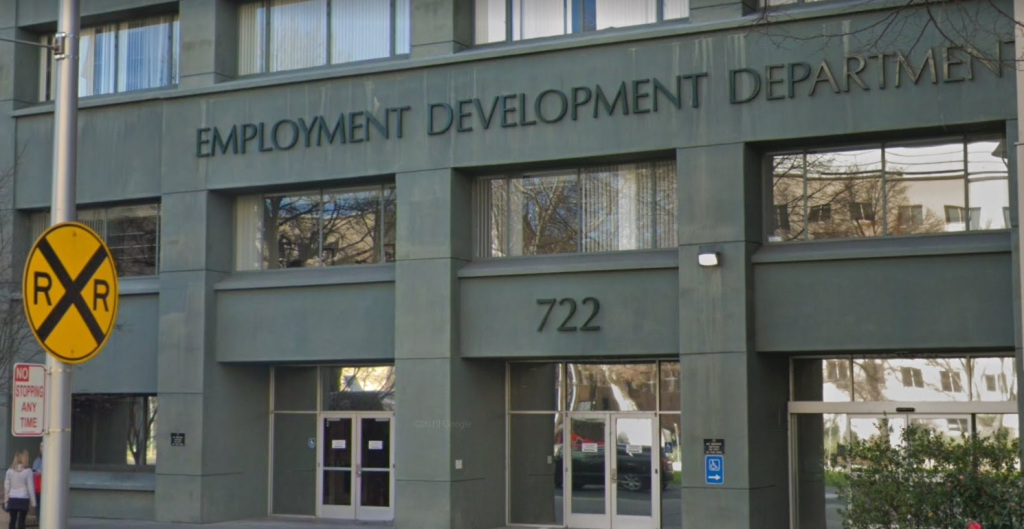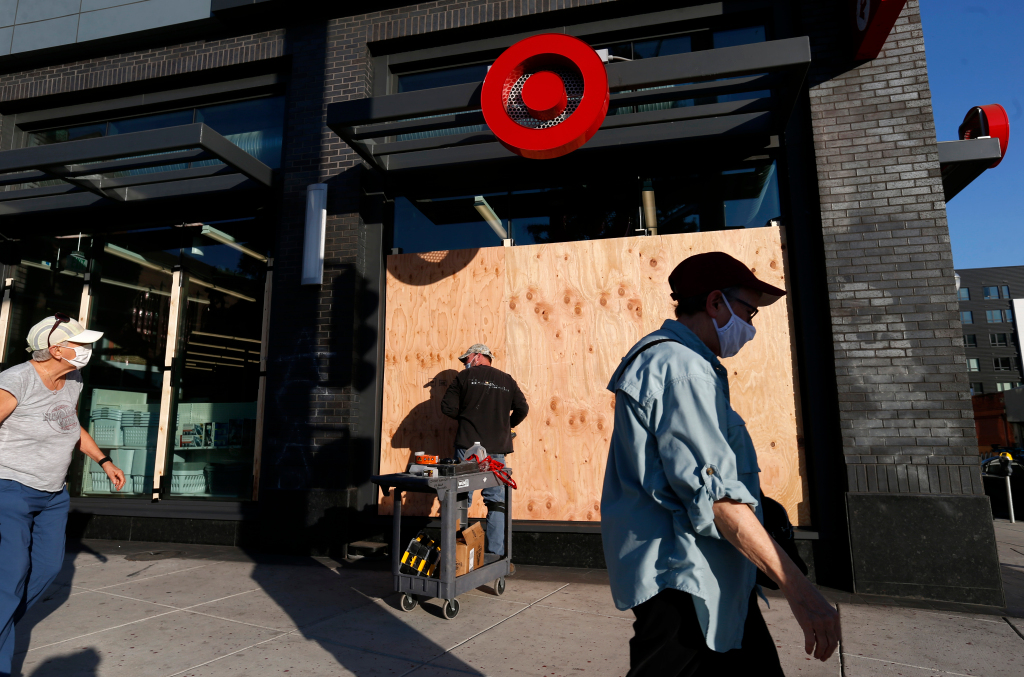State labor officials are still unable to report precisely how many of the 1.4 million unemployment claims that were suspended over potential fraud are legitimate and how many are fraudulent, according to a new update from the Employment Development Department.
Several weeks ago, the EDD disclosed that it had suspended payments on 1.4 million unemployment payments due to the possibility the claims were bogus.
In its most recent update on the situation, the EDD didn’t reveal whether it had resolved any of the 1.4 million cases and didn’t provide a timeline for reaching a resolution.
The EDD is under fire for a variety of blunders arising from its struggles to issue timely payments to workers who lost their jobs in record-setting numbers due to the economic shocks triggered by the coronavirus.
Last fall, it became clear that fraudulent payments had increasingly become a problem for the embattled agency. Some EDD payments were fraudulently steered to prisoners who were locked up in state jails.
On Jan. 28, the state auditor reported that wide-ranging blunders by the EDD opened the floodgates to billions of dollars in payments for fraudulent unemployment claims.
The EDD paid out a head-spinning $10.4 billion in payments for fraudulent claims — mainly because the department failed to launch anti-fraud measures for months after the coronavirus erupted and triggered an avalanche of layoffs and unemployment filings, according to the auditor’s new report.
“From March through December 2020, out of $111 billion in unemployment insurance benefits, EDD paid about $10.4 billion on claims that it later determined might be fraudulent,” the state Auditor reported.
As for the status of the 1.4 million suspended unemployment claims:
— 1.1 million workers were directed to the EDD’s automated verification system, ID.me, for identity verification. The workers were given 30 days to respond.
— More than 300,000 workers have validated their identity through ID.me. However, workers must still wait for the EDD to receive that information from ID.me, then a further review is required. If no other issues are discovered, the payment block can be lifted, a process that takes seven to 10 days from when the EDD gets the information back from ID.me.
— Another 100,000 workers without an unemployment insurance online account were mailed paper requests for identity verification. Once workers respond back to the EDD, the state agency will again review the situation and it’s possible the payment blocks will be lifted within seven to 10 days.
— Another 200,000 workers are either receiving requests to validate their eligibility or have received a notice that explains why their claim was disqualified and how they can appeal the EDD decision.
The EDD didn’t disclose how many claims had been resolved for any of the categories.
The state labor agency’s failures to prevent fraud and identify bogus claims have created numerous problems, the state Auditor said.
“EDD may be using ineffective fraud prevention and detection techniques, which can delay payments to legitimate claimants while it puts their claims through additional and unmerited review,” according to the state audit.










